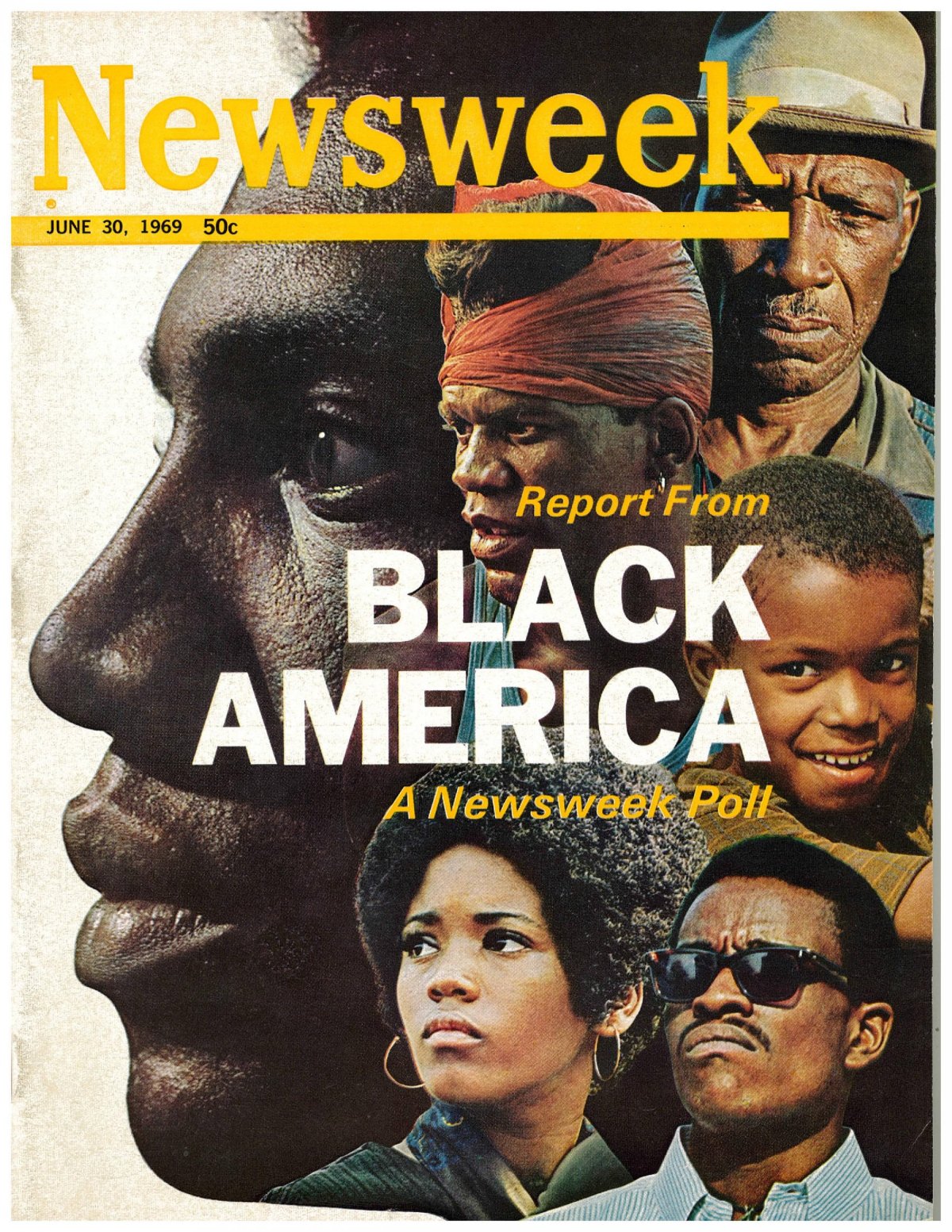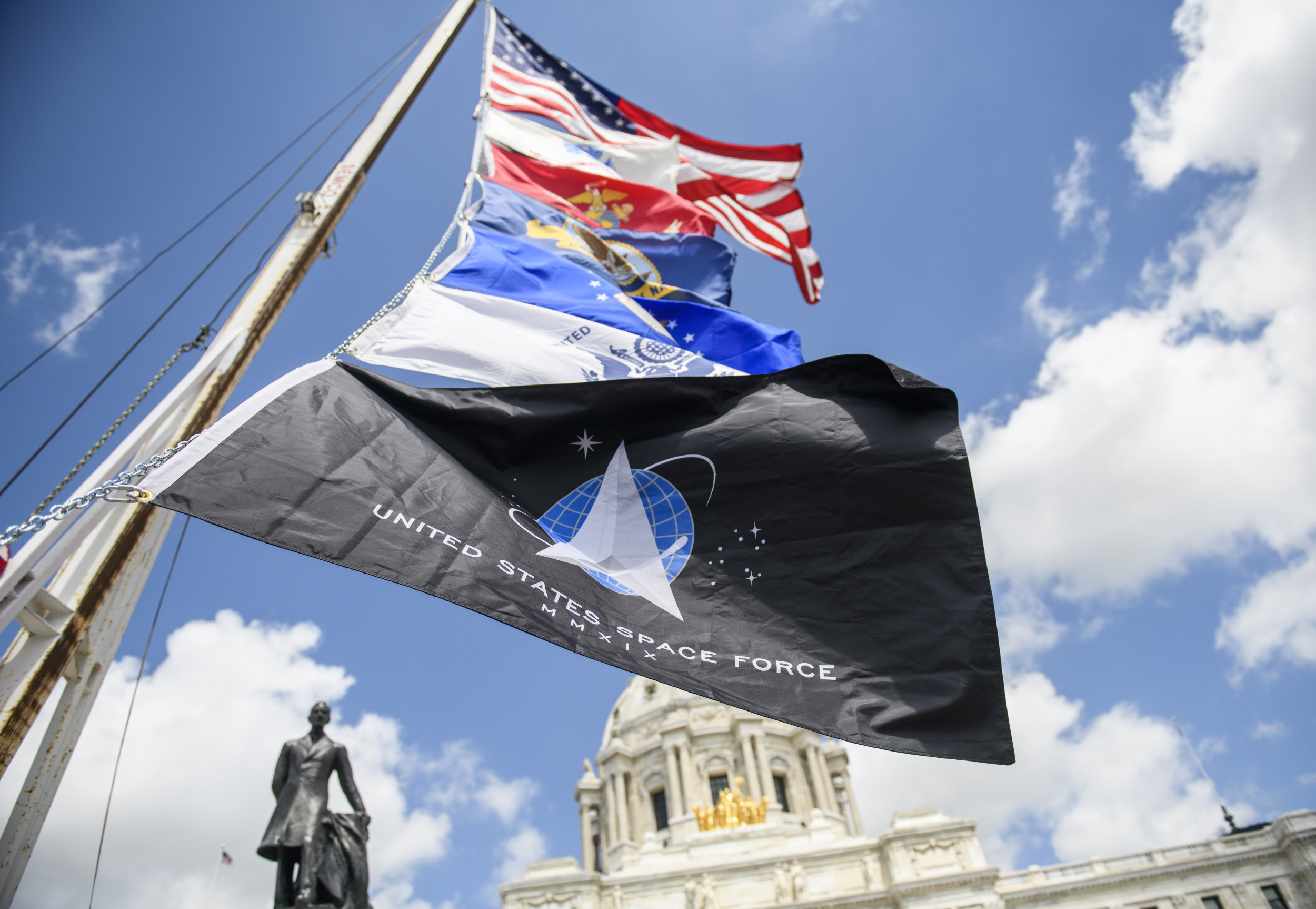
Peering out from a dusty window at the top of the newest Smithsonian museum, lead designer David Adjaye assured reporters that when the building opens in September, "the glass will be clean." Even with the construction dust, the view from the National Museum of African American History and Culture in Washington, D.C., is spectacular, showcasing the nearby Washington Monument and the landscape around it, and in the distance, the Lincoln Memorial and Arlington, Virginia. "It's really one of the unique moments in this city that you can get this kind of panorama," Adjaye said, where visitors can "reflect and refresh."
The museum opens on September 24, and visitors will almost certainly seek space to reflect on exhibitions and artifacts that both celebrate African-American culture and revisit the trauma that has historically accompanied it. As Adjaye put it to reporters during a tour last Thursday, "There's triumph and there's also incredible tragedy."
Smithsonian officials like to say the museum aims "to look at the American experience through the African-American lens," and that the facility has been 100 years in the making. Black Civil War veterans apparently first called for such a museum in 1915. President George W. Bush signed a bill into law in 2003 laying the groundwork for its creation, and the Smithsonian Institution approved plans in 2006. In 2009, the Smithsonian chose Adjaye to design the building. Construction began in 2012 and finished last year, to the tune of $540 million.
Situated on the National Mall, just northeast of the Washington Monument and adjacent to the Smithsonian's National Museum of American History, the building appears the color of a penny. Adjaye and his team wrapped a glass structure in a three-tiered, bronze-colored scrim that he calls a "corona," which is meant to recall a West African form and also the head wraps some African and African-American women wear. The scrim features a computer-generated pattern that he said was inspired by ironwork in Charleston, South Carolina, that was crafted by slaves.
"It's extraordinary to be walking around this building right now," Adjaye told Newsweek while standing inside the museum's lobby, which appears nearly ready for visitors except for ropes and cables dangling from the ceiling and some dismantled boxes piled on the floor. "It became real when they started digging the hole, and I think it was very real when we had a five-acre, 80-foot cavity in the middle of the Mall."

"The building, we felt, should play a part in expressing the mission and vision of the institution," lead architect Phil Freelon said during the tour. "It shouldn't just be a vessel holding the contents of these very important stories that are being told."
The visitor experience could begin at the lower of the building's nine floors. Three subterranean levels, which the architects and designers call the "crypts," contain 50,000 square feet of history galleries. The timeline spans slavery, emancipation, segregation, the civil rights movement and the modern era, including the Black Lives Matter movement. An enormous wall stretches the height of those three levels, similar to the layout of the National September 11 Memorial and Museum in New York, which had the same design team. The wall features quotes from figures including Frederick Douglass, Harriet Tubman and Langston Hughes ("I, too, am America.").
On the recent tour, the lower galleries remained a work in progress, with unpainted wall partitions and schematics laying out. Only some of the largest artifacts were on display: a 19th-century slave cabin from South Carolina; a blue and yellow Tuskegee Airmen training plane, covered in protective wrapping and suspended from the ceiling; a segregation-era railcar, which curators said was lowered into the space before the roof was added; a 20 foot-tall guard tower from the Louisiana State Penitentiary in Angola.
Winding ramps connect the lower levels and create points from which visitors can look down on the artifacts below. Display cases already in place include sections on the death of Martin Luther King Jr. and the Black Power movement, and feature a 1969 Newsweek cover, "Report From Black America."

Also below ground is a 350-seat theater (named for Oprah Winfrey), a café and what will be a "contemplative court" for visitors to reflect on the more troubling exhibition elements, featuring a skylight and a water feature. Museum specialist Mary Elliott told Newsweek that the Smithsonian looked to the United States Holocaust Memorial Museum in D.C. for how to best tell stories of trauma.
The architects and designers call the higher exhibition floors the "attic," where visitors will find the culture galleries and other spaces. In a section on African-American icons of music, elements of which are already in place, Michael Jackson shares a display case with Duke Ellington and Quincy Jones, and Ray Charles and Prince share one too. Under protective wrapping last week were the Parliament-Funkadelic Mothership and Chuck Berry's red Cadillac. J Dilla's synthesizer and beat machine, James Brown's red suit and black cape, Jimi Hendrix's vest and speaker and Marian Anderson's Lincoln Memorial concert outfit are also part of the collection. Curators said a "record store" will enable visitors to browse bins with 180 albums by African-American artists and more in digital files.
There are also sections for the icons of sports, film, theater and television. The museum has already come under fire for its decision to include Bill Cosby, seemingly a continuation of the dilemma the Smithsonian's National Museum of African Art recently faced when it kept on view an exhibition that included art from Bill and Camille Cosby's collection. (Camille Cosby was on the advisory board of that museum until her term ended this month.)

At the new museum, Cosby appears to have his own small display in between those featuring comedians Godfrey Cambridge and Richard Pryor. The display contains Cosby's 1964 album I Started Out as a Child and the line: "We played street football. We had the greatest quarterback in the world. 'Cosby, you go down to Third Street. Catch the J bus. Have him open the doors at 19th Street. I'll fake it to you.'"
Responding to what he said were "misconceptions and mistaken notions," Museum Director Lonnie Bunch said in a statement in March that Cosby's inclusion would not be in a way that "honors or celebrates" him, but one that "acknowledges his role" in entertainment. "Visitors will leave the exhibition knowing more about Mr. Cosby's impact on American entertainment, while recognizing that his legacy has been severely damaged by the recent accusations."
Speaking with Newsweek, Deputy Museum Director Kinshasha Conwill declined to elaborate on how visitors will leave with that recognition. Asked whether the museum will add more to the Cosby display than what appeared last week, she said all exhibitions are "a work in progress."

The museum's more than 30,000 artifacts span 400 years of history, but objects there from Africa might go back even further. Freelon, the architect, pointed out to reporters that the themes explored in the museum are especially relevant given the current climate regarding racial issues in the United States. "When you think about what's happening in the world today, you might be back in 1968," he said.
"If I had to recommend to a foreign tourist [a place] to understand what America is, we always used to say, 'Well go to the Capitol and you'll see,' or 'Go to the National Archives,'" curator William Pretzer told Newsweek. "But actually, come here. Because this is probably the best picture of what American society actually became over these last 400 years of history."
Uncommon Knowledge
Newsweek is committed to challenging conventional wisdom and finding connections in the search for common ground.
Newsweek is committed to challenging conventional wisdom and finding connections in the search for common ground.
About the writer
Max Kutner is a senior writer at Newsweek, where he covers politics and general interest news. He specializes in stories ... Read more
To read how Newsweek uses AI as a newsroom tool, Click here.








